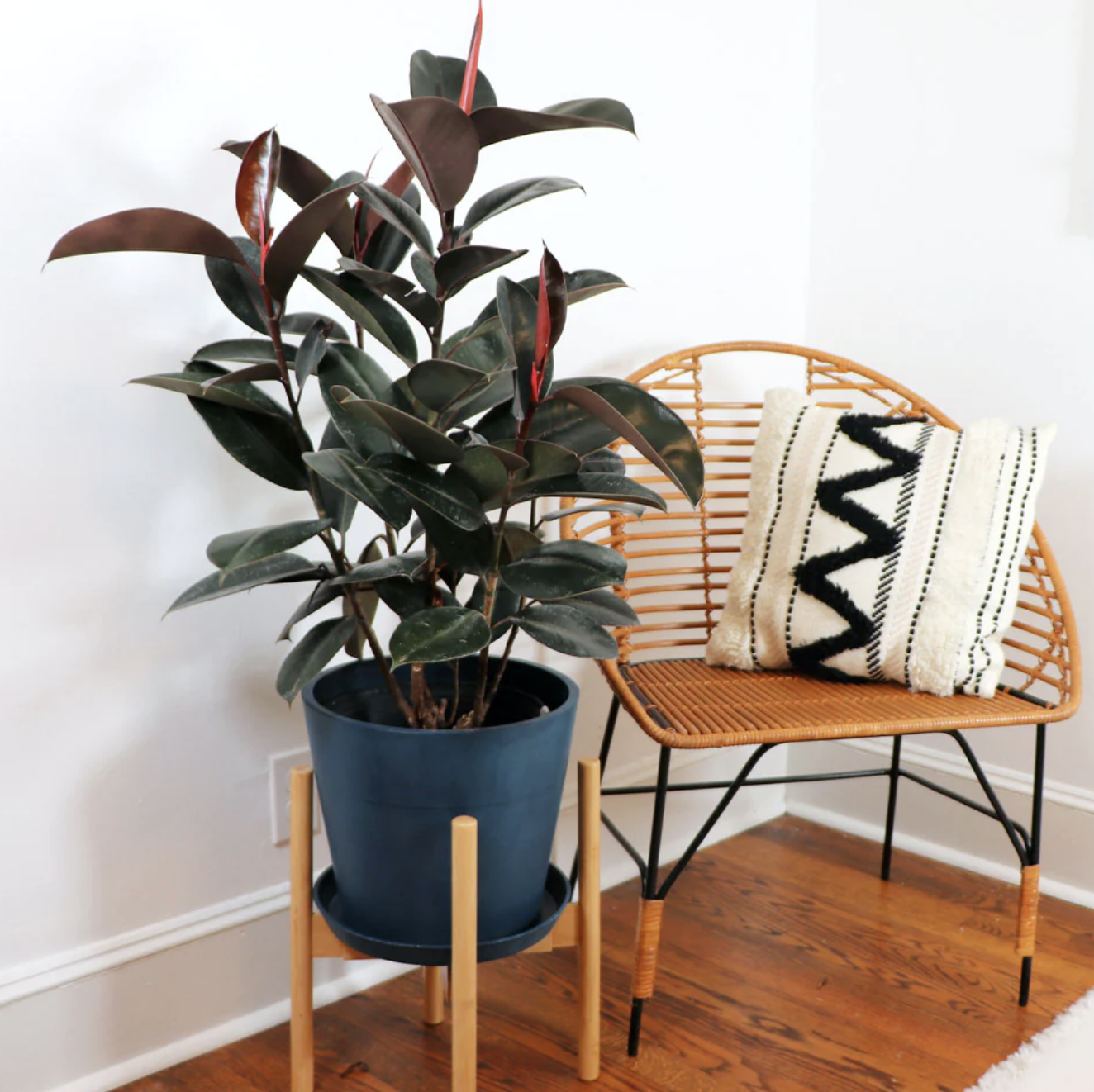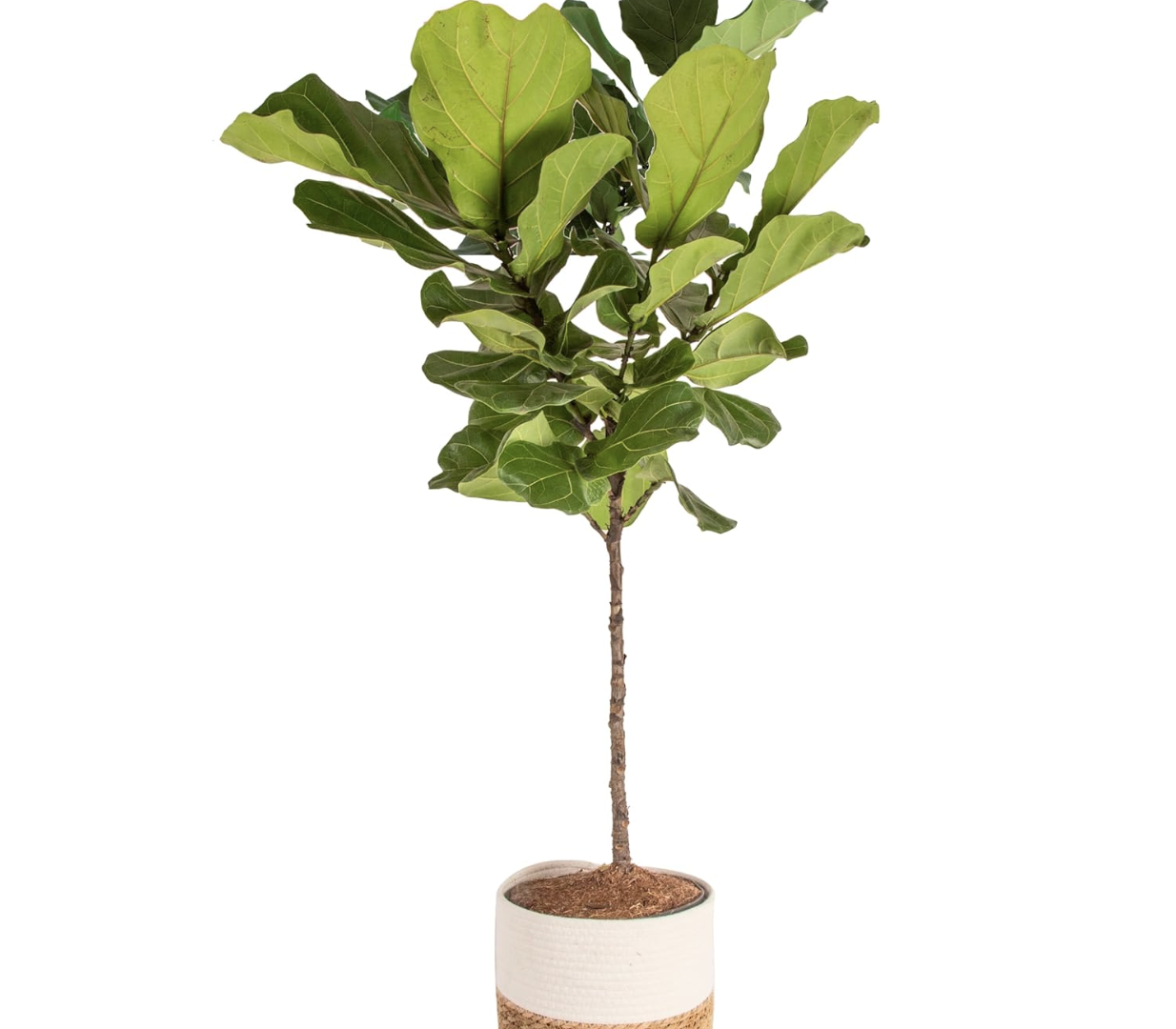5 Clever Tricks to Use Indoor Screening Plants to Make Your Home Feel More Private
Green screens absorb sound and create serene zones in the home, so why not invest in some indoor screening plants?
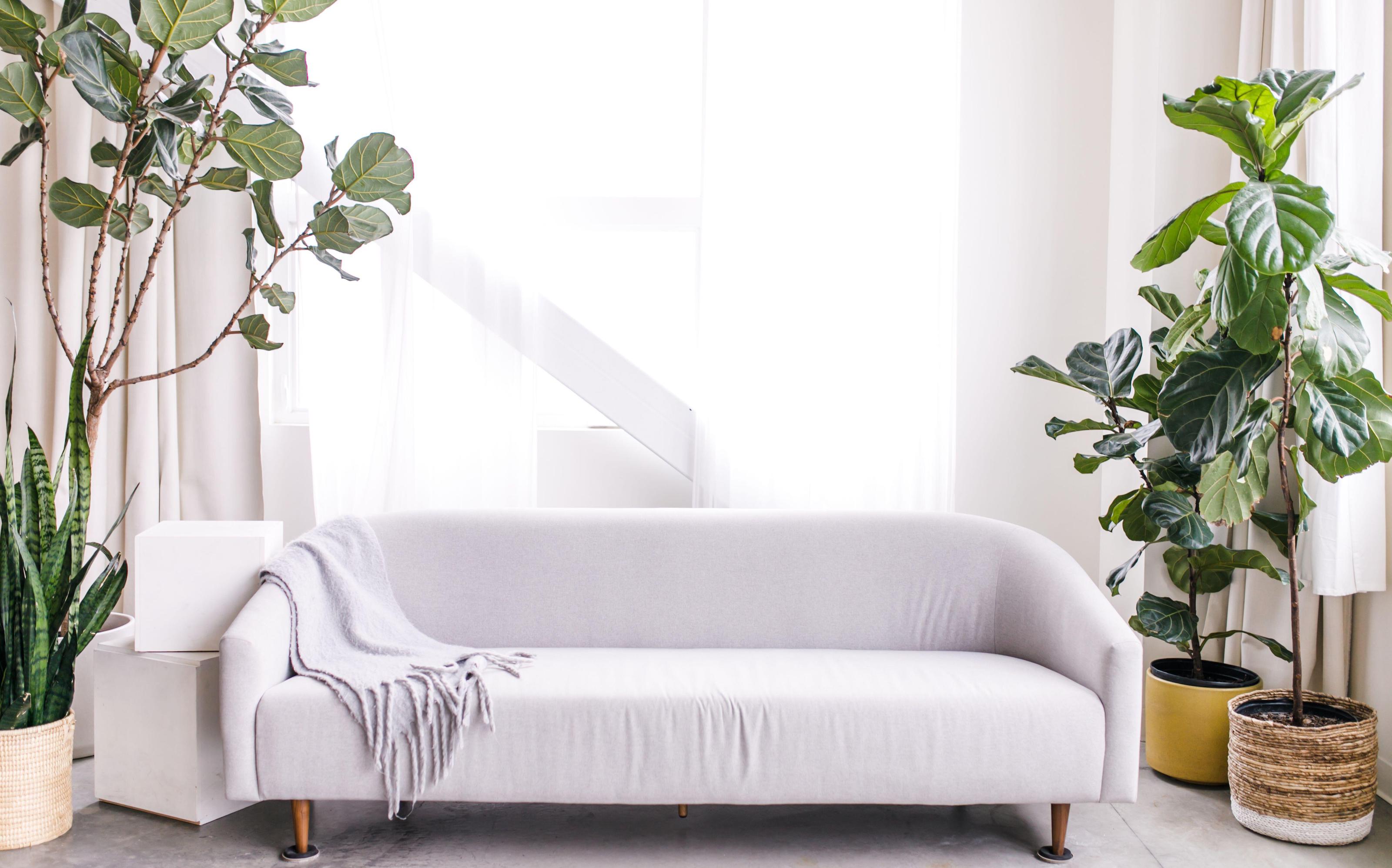
Plant screens are a familiar sight in luxury hotels and upscale restaurants. Yet subtly dividing areas with plants isn't just for large public spaces. It's possible to emulate these creative ideas in the home too. We've asked experts how to use indoor screening plants for privacy, so you can zone your home with foliage.
The advantage of a living plant screen is that as well as looking luscious and providing a sense of privacy, you get the added benefits of an indoor garden too.
'Using plants as natural screens allows you to create serene, secluded spaces within your home, all the while preserving the open and spacious ambience of a room,' says Henry Davenport, plant expert at Hortology.
'Unlike fully enclosing areas with walls or partitions, plants offer a less intrusive means of creating privacy or division in open-plan spaces, delineating different areas while maintaining an airy feel.
'Plants also actively contribute to sound absorption, effectively reducing noise levels and cultivating a serene indoor atmosphere.'
1. Shield an overlooked window
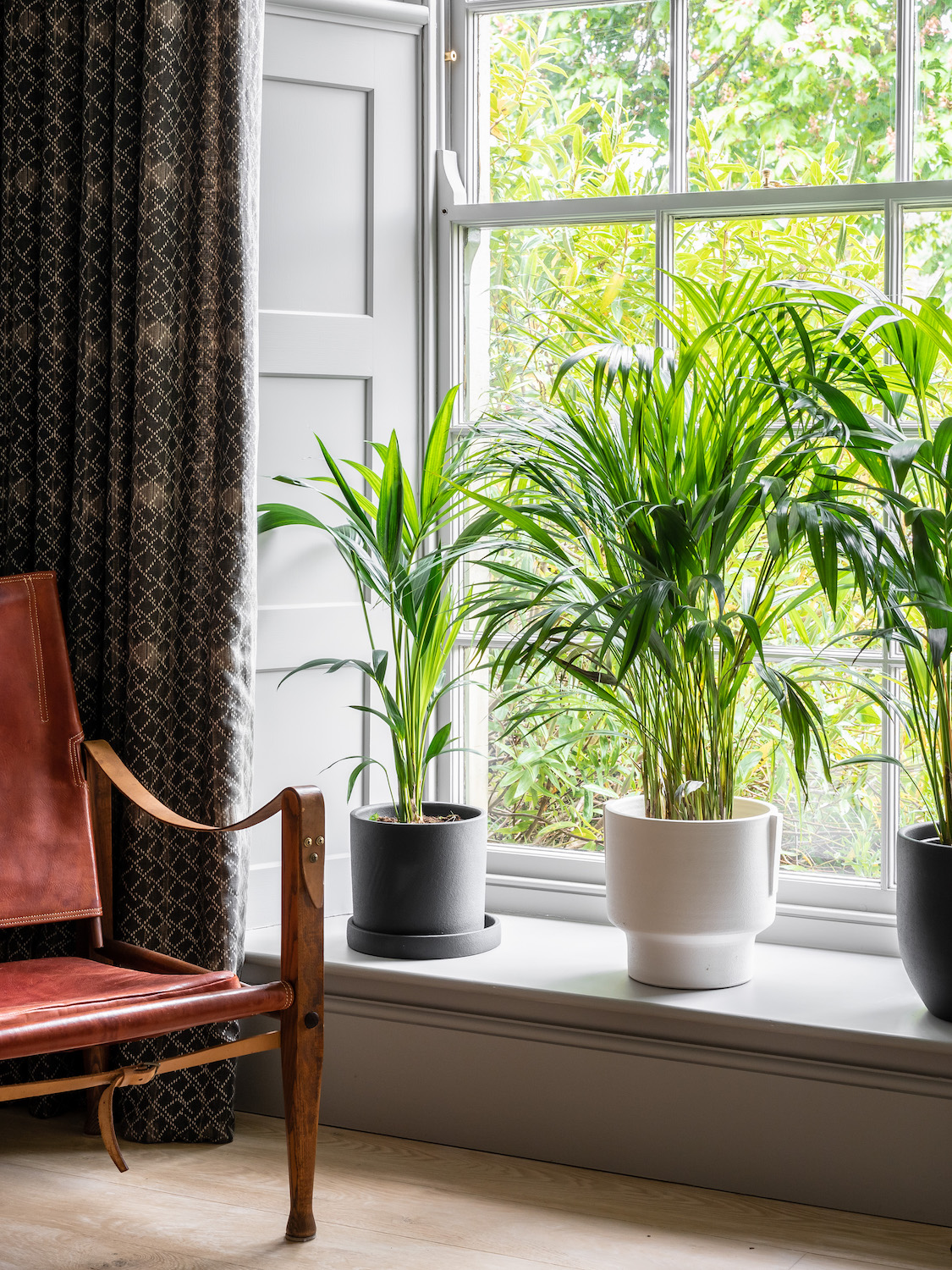
Most of us want more natural light in our homes, and large windows, glazed partitions and glass doors are the most attractive and obvious ways to achieve this. The downside can be feeling overlooked, particularly if you live in a city. This is a great example of where plants can be used to create a subtle green screen.
'Strategically positioning plants by windows can enable you to feel less overlooked,' says Henry Davenport at Hortology. 'Use a variety of small pots or a trough on a windowsill, or opt for hanging planters near windows. This arrangement not only serves to obscure views from outside but still allows natural light to gracefully filter into your home.
'Pothos plants (like this one from Walmart) are good near windows, they're low maintenance and fast growing with trailing tendrils that elegantly drape from windowsills and curtain rods. Or they can be artfully arranged in front of glass surfaces to provide an extra layer of privacy.
'Be aware of sunlight exposure though. Most houseplants are not equipped to endure direct sunlight for prolonged periods. If you want to shield a south-facing window, your best bet would be to adorn it with a collection of resilient cacti, as they are among the few plants capable of thriving under such intense light conditions.'
The Livingetc newsletters are your inside source for what’s shaping interiors now - and what’s next. Discover trend forecasts, smart style ideas, and curated shopping inspiration that brings design to life. Subscribe today and stay ahead of the curve.
2. Divide a dining and lounge area
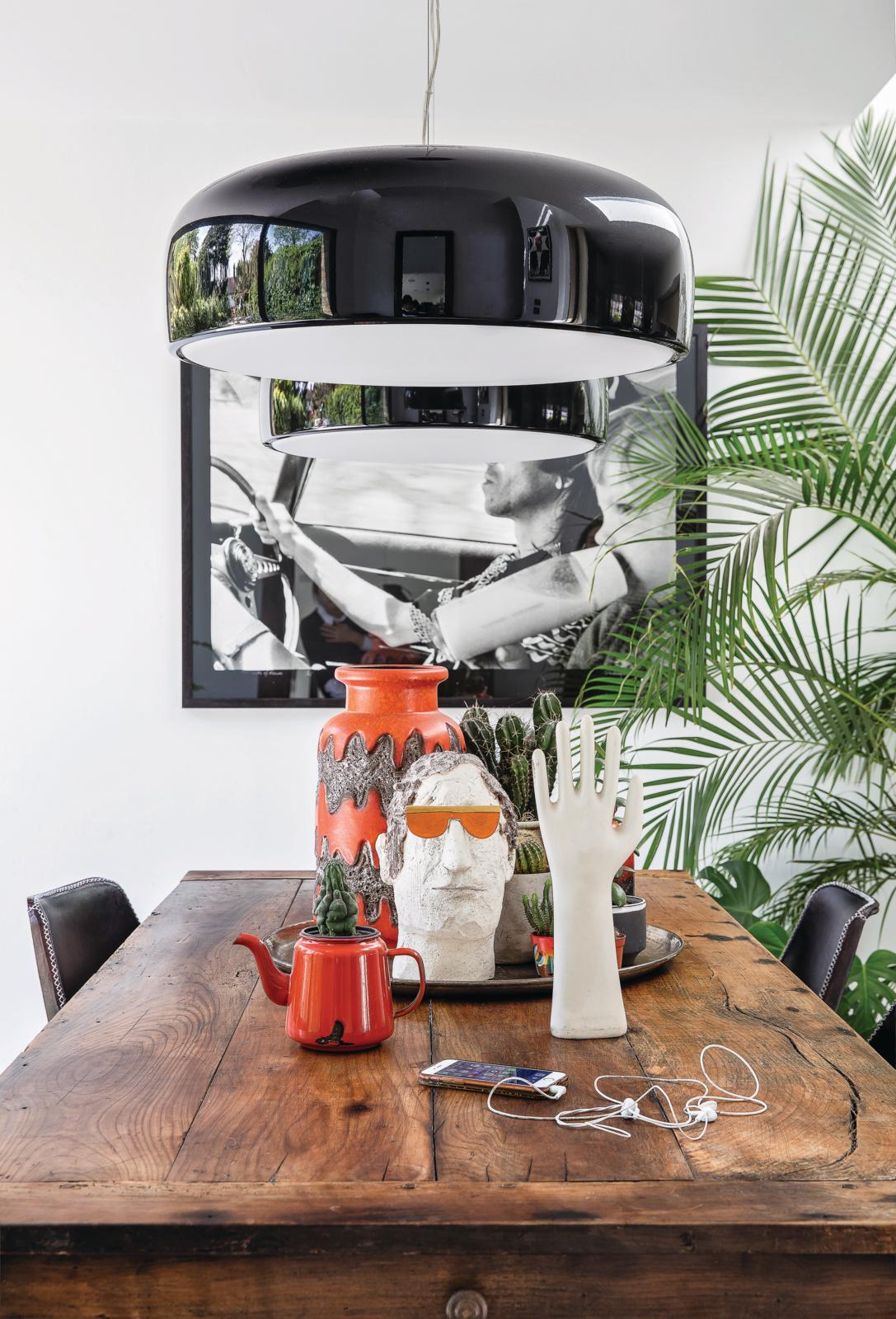
Open-plan living and dining has become the norm and it has its advantages, creating free-flowing, brighter homes for one. However, some people warn of the disadvantages, which include additional noise and visual clutter.
If you're keen to avert your eyes from games consoles, laptops left open on the sofa or other detritus while you're dining, a row of plants or a large indoor tree will do the trick.
'Positioning tall plants between your dining room and lounge areas can form a seamless natural divide,' says Henry. 'Opt for lush, large foliage to fashion an organic partition, effectively separating your dining table from surrounding spaces.
'This botanical arrangement encourages a more immersive dining experience minimising distractions and allowing you to savor your meals without the constant pull of electronic screens.
'Palms make ideal natural dividers between dining and lounge areas, with tall tropical foliage that enhance the aesthetics of your space while providing a gentle yet distinct separation.
'A striking tall palm planted in a tall narrow planter serves as a dramatic room divider that can effortlessly become the centrepiece of a spacious room without physically overwhelming your living area.'
3. Create a reading nook or quiet zone
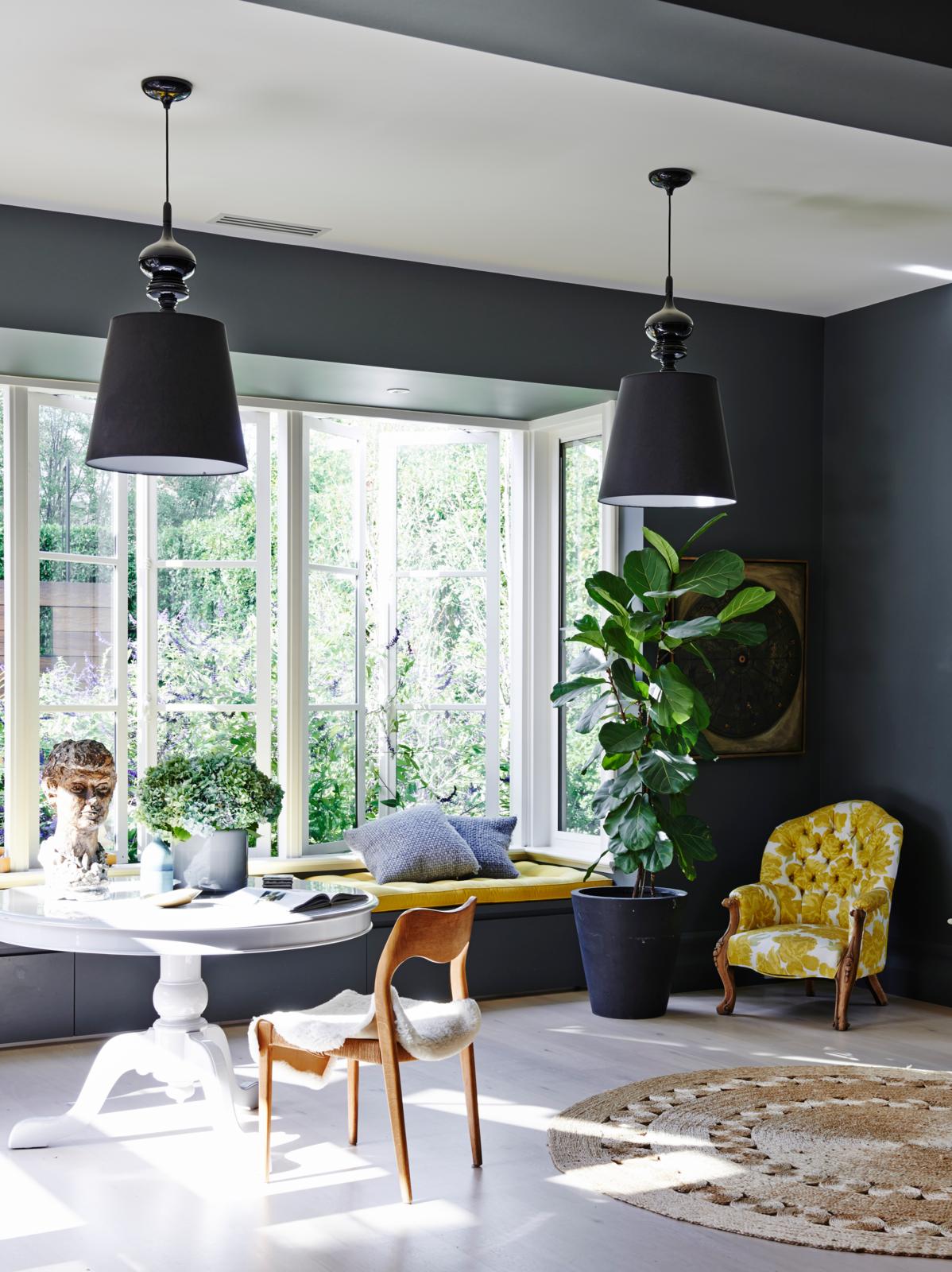
Finding a serene space for quiet contemplation can often be a challenge in a busy household, whether you're seeking solace within the pages of a good book, engaging in meditative practices, or unfurling your yoga mat.
'Plants, whether within a large bedroom, open plan living room, kitchen or even a multipurpose studio space, can help create serene spaces to find peace and tranquillity,' says Henry.
'Large specimen tall indoor plants with broad leaves such as Monstera deliciosa and Strelitzia are perfect as they create a space that’s physically screened by their large leaves, but their splits and stems still allow you to see through them, keeping the cosiness without feeling too enclosed from the rest of the room.
'They're good at diffusing sound too, helping to maintain that peaceful, serene ambience in the space.
'Place your plant in a durable floor-standing pot and add felt pads to the bottom to ensure you can move it without risking damaging your floors. This setup allows you to effortlessly shift the plant, utilising it as a temporary divider when needed,' continues Henry.
4. Section off a vanity or dressing area
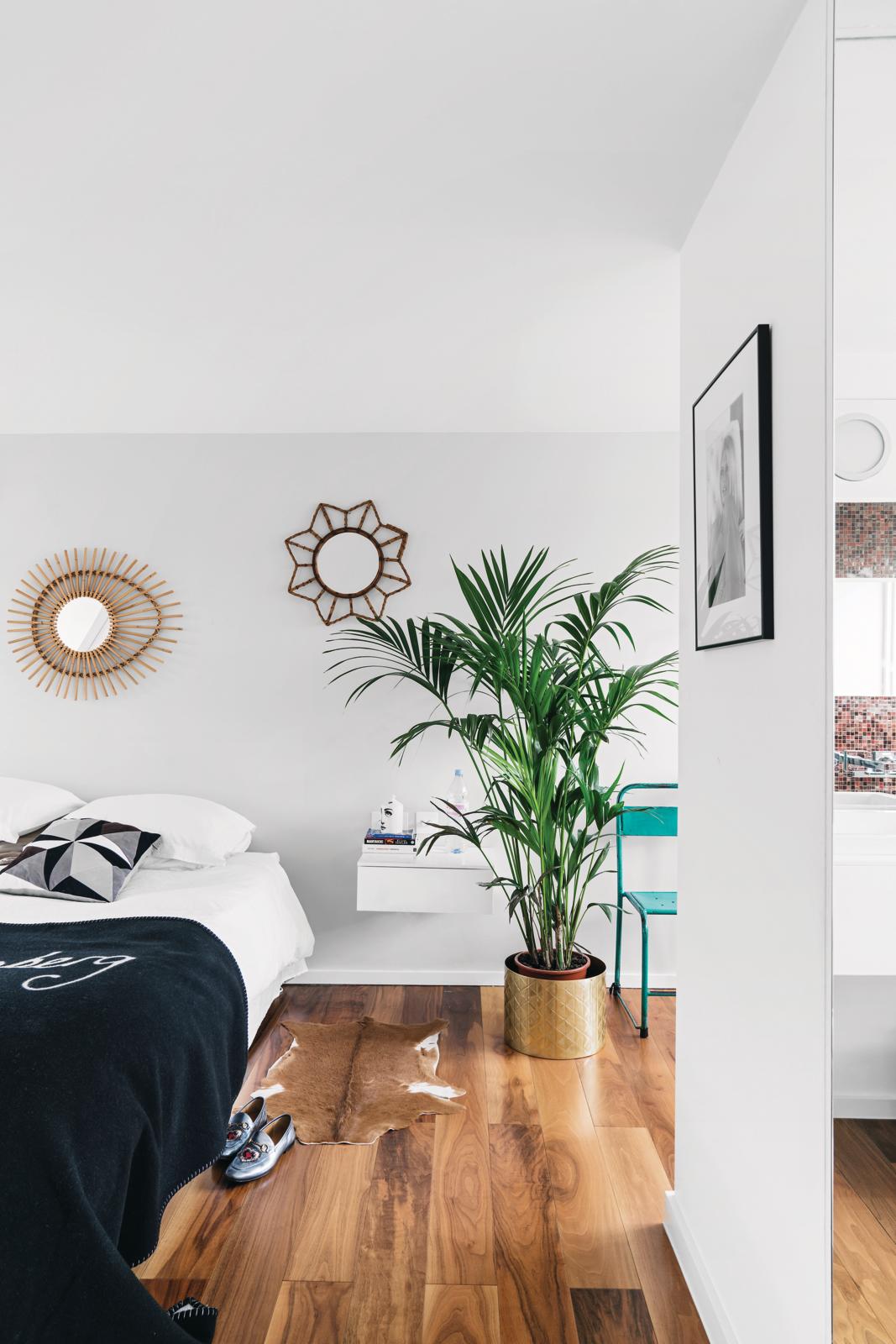
In a large bedroom, a dedicated area for dressing or getting ready, is a luxurious touch. This area can be subtly separated from the sleep zone, with the inclusion of a large plant or indoor tree.
'A tall, structural plant like a Fiddle Leaf Fig or something more fluid like an Areca Palm would work well for sectioning off a dedicated dressing area,' says Whitney Bromberg-Hawkins, Founder of Flowerbx.
'Alternatively, these plants would suit just as well cornering a vanity table to create a restorative and secluded space, or framing any street-facing windows for additional privacy.'
5. Screen a garden room
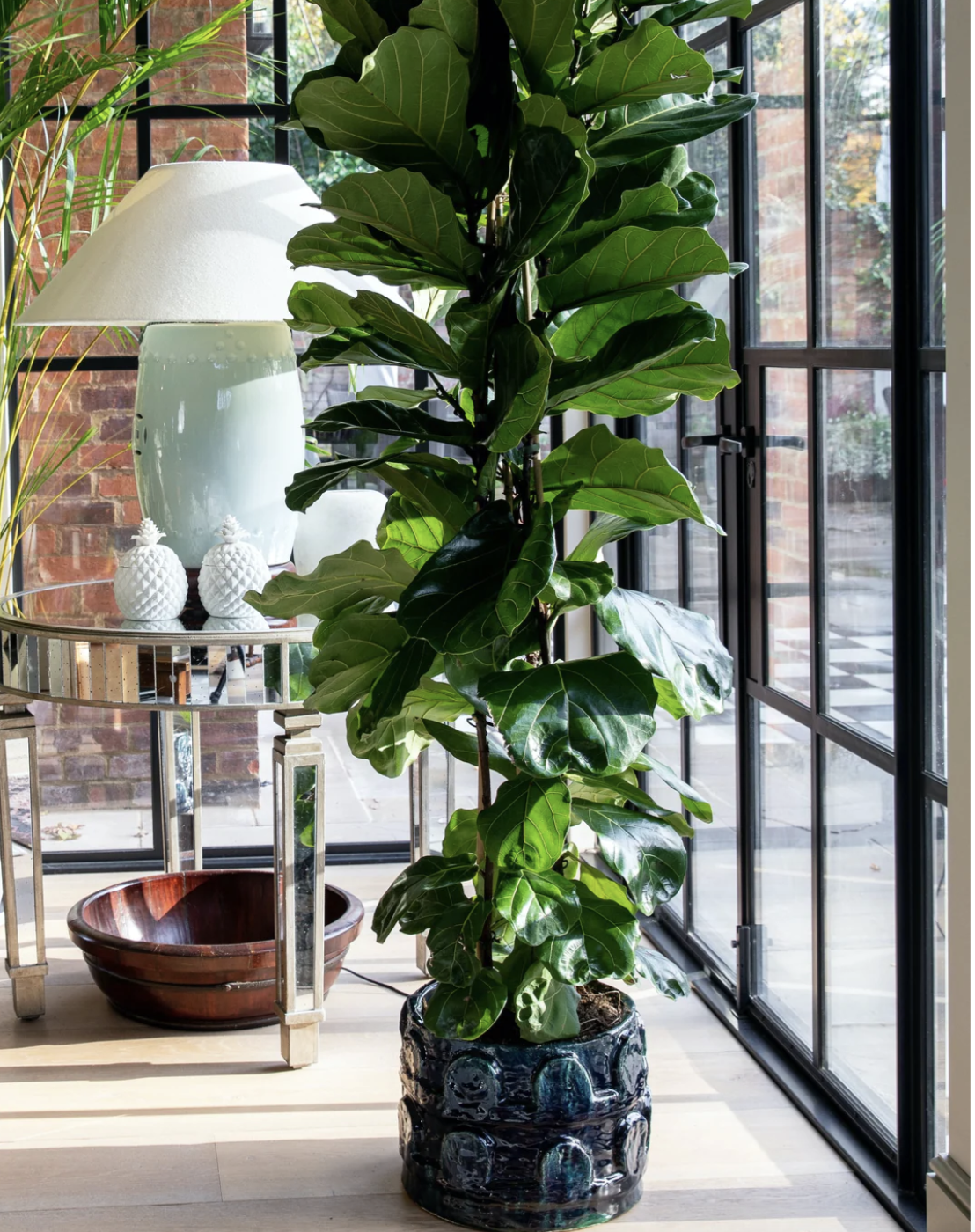
Garden rooms or sun rooms are a wonderful addition to a home, with an abundance of natural light streaming through large floor-to-ceiling windows or glass doors. Most people love the connection to the outside this brings.
However, there can be a tendency to feel a little exposed, if neighbouring properties are close by. This is where a strategically placed plant or two can make a difference.
'One of my favourite places to use indoor plants for privacy is inside a garden room,' says Whitney at Flowerbx. 'If you’re lucky enough to have one – garden rooms epitomize indoor-outdoor living, and they can surprisingly get as much use in the cosy winter months as they do in the summer, with the doors flung open.
'Naturally, plants work really well here to capture the spirit of the outdoors, but can also provide some much-needed shielding should your space be a little overlooked.
'I’d suggest using plants that are comfortable in sunny and darker conditions, as they’ll be exposed to both shade and shine. A mixture of olive and citrus trees, flowering pelargoniums, elegant orchids, or hardy sago palms are perfect picks.'
Jacky Parker is a freelance lifestyle journalist and writer, producing a wide range of features for magazines and digital platforms. She has written for Livingetc and its sister titles, Homes & Gardens and Country Homes & Interiors for more than 15 years, both as a freelance contributor and as Acting Digital Editor and Acting Style Content Editor, regularly reporting on the latest interiors, gardens and wellness inspiration, speaking to experts in their respective fields, and discovering the best tips.
Jacky has also written for other publications, including Sunday Times Style, The Telegraph, Architectural Digest, House Beautiful, ELLE Decoration, Red, Grand Designs and more.
